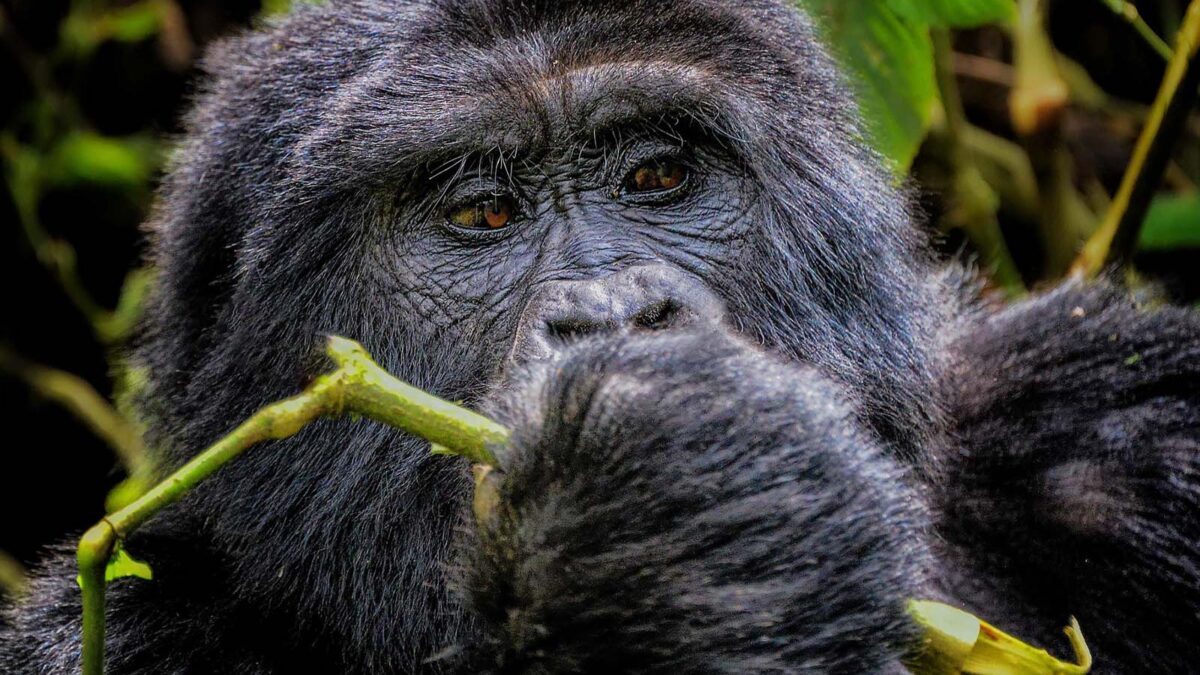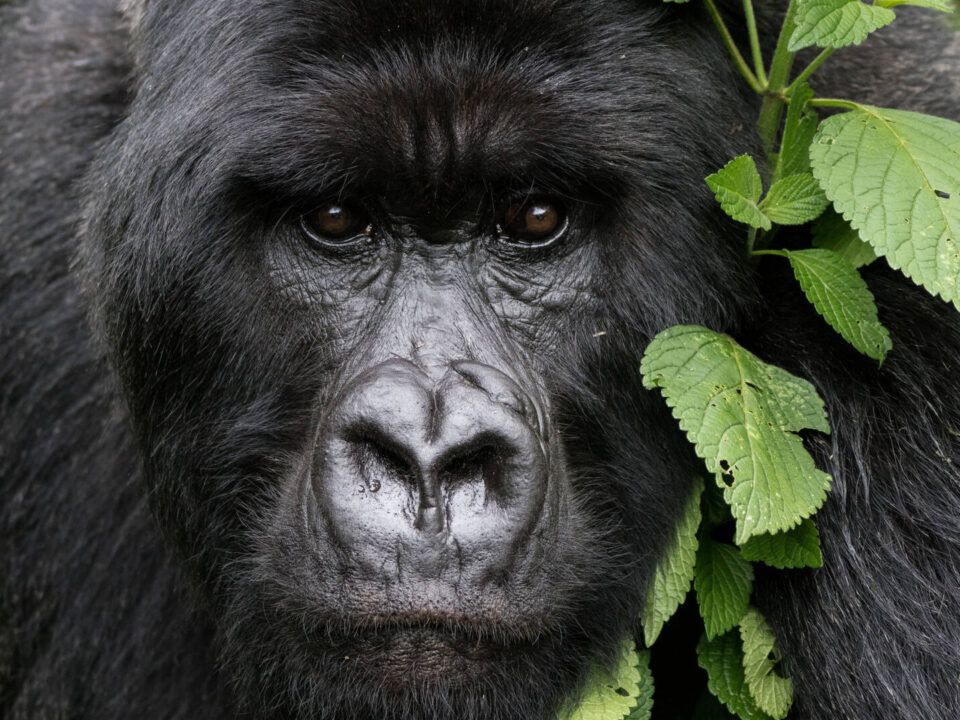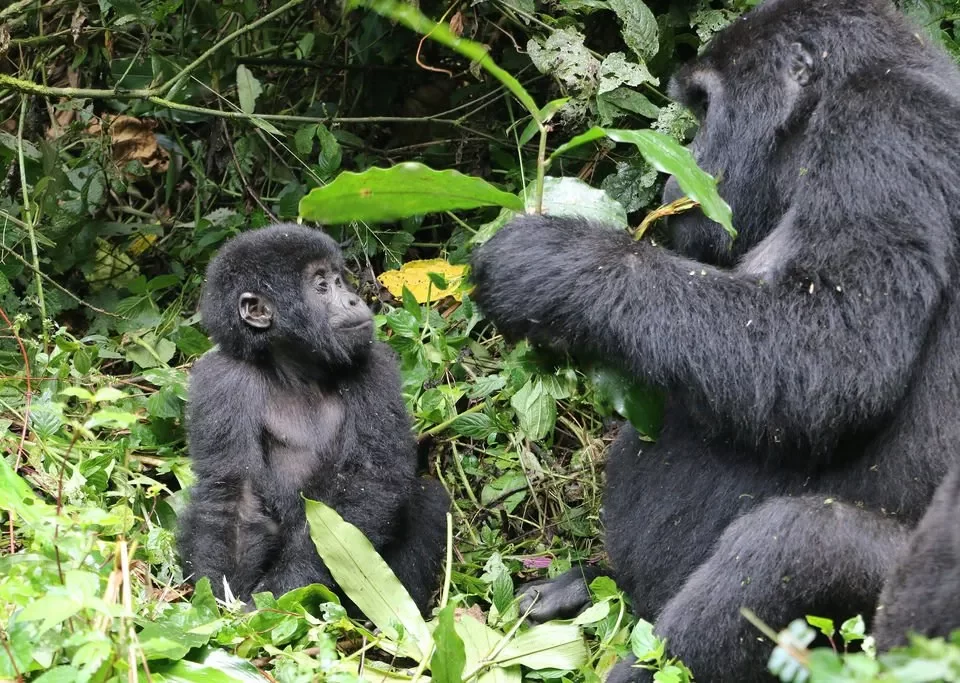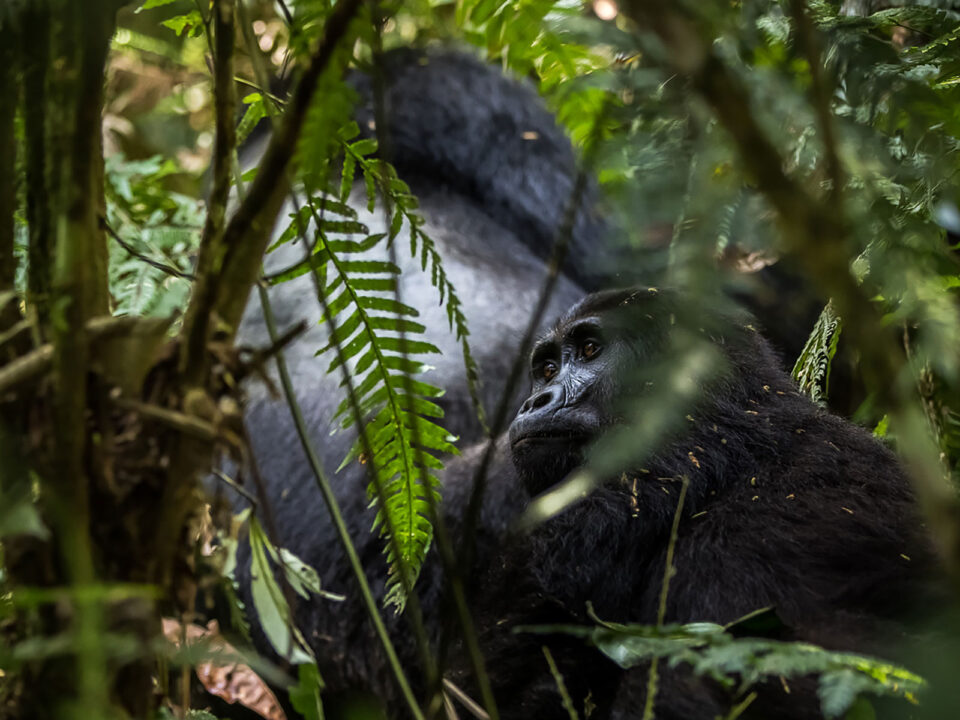
Nyungwe Forest National Park
December 20, 2023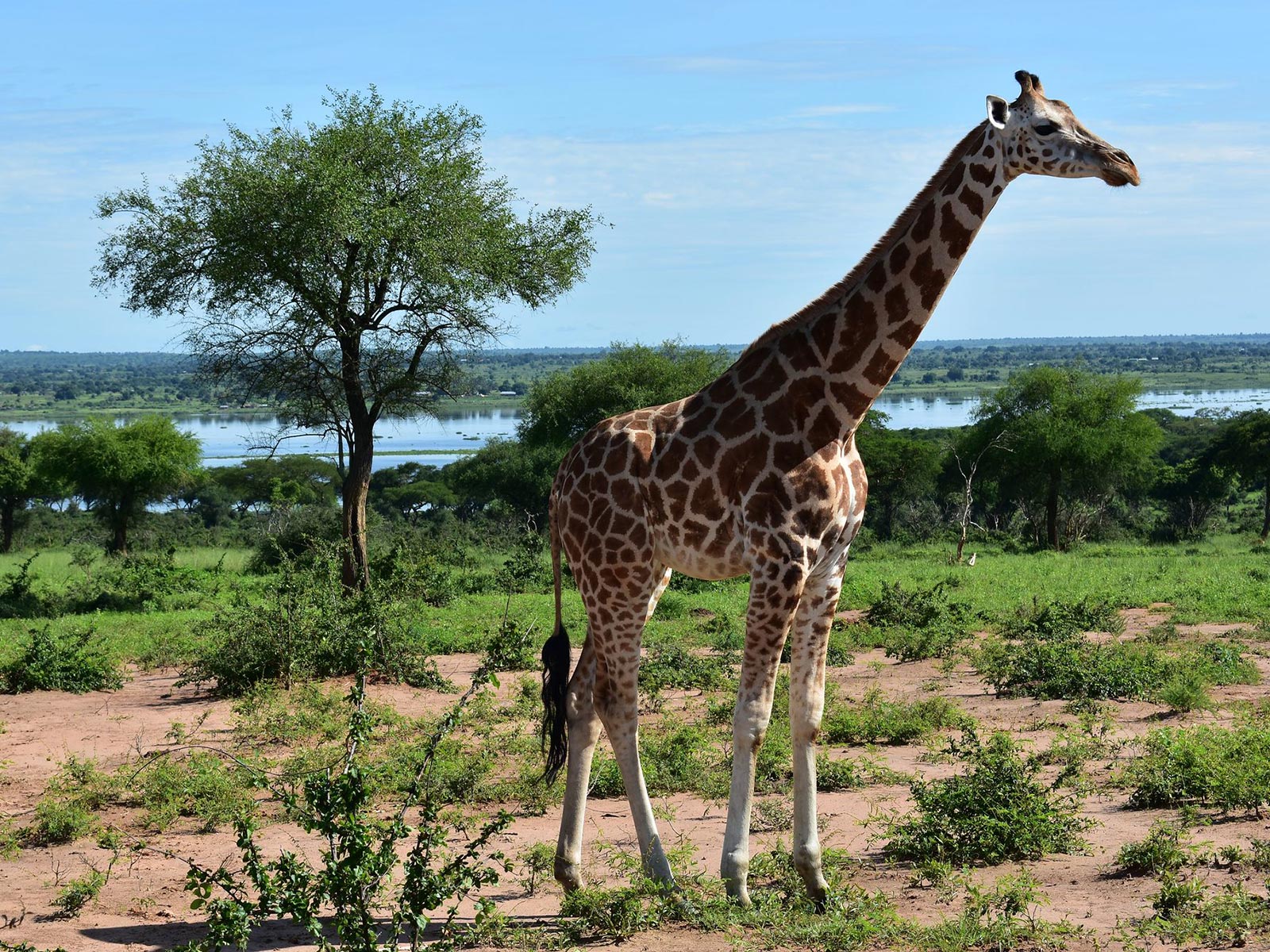
Photography Safaris in Uganda
December 20, 2023Exploring Africa Mountain Gorillas in Uganda – Unveiling the Wonders of Gorilla Tracking Safaris
Africa Mountain Gorillas in Uganda – Embark on a captivating journey into the heart of Uganda, where the magnificent Mountain Gorillas reside, captivating the hearts of those seeking a profound wildlife experience. As we delve into the world of gorilla tracking safaris, fascinating insights into the lives of these gentle giants emerge, creating an unforgettable adventure.
Did You Know? – The Quirks of Gorilla Diets:
Delving into the intricacies of Mountain Gorilla behavior, it’s intriguing to discover that they are almost entirely vegetarian, with a unique exception – they are 99% herbivores, but they occasionally consume the remains of their deceased infants. This astonishing behavior prompts curiosity and calls for further research to unravel the mysteries behind this unique aspect of their dietary habits.
Gorilla Societal Dynamics:
In the intricate social structure of Gorilla families, particularly regarding the handling of deceased infants, a deeper understanding emerges. Gorillas, like many animals, lack certain cognitive abilities, leading them to keep a deceased baby for days, initially believing it to be sick. Only when the body emits a foul odor does the mother confirm its death. The communal aspect of sharing the meat of the deceased among the group reflects a fascinating dimension of Gorilla societal dynamics, as they strive to prevent scavengers from preying on the small, lifeless bodies.
Discovering Mountain Gorillas – A Historical Perspective:
The revelation of Mountain Gorillas as a distinct species within the Gorilla family is credited to Captain Von Beringe, who made this groundbreaking discovery on October 17, 1902. This discovery led to the scientific nomenclature “gorilla gorilla beringei,” distinguishing them from the already identified Lowland Gorillas in West Africa. Africa is home to four Gorilla species or subspecies, each with its unique characteristics and habitats.
Fascinating Family Histories:
Delving into the lives of specific Gorilla families, their names bear testimony to the geography and distinctive features of their habitats.
- Nkuringo Group: Named after a small round hill called Nkuringo, reflecting its Rufumbira origin, meaning a round top of the mountain.
- Christmas Gorilla Family: This group separated from Nkuringo and owes its name to its leader, Christmas, born on December 25, 1999, in Nyamabuye village.
- Mishaya Gorilla Family: Emerging from the Nshongi Gorilla family, Mishaya took its name from its silverback leader, whose long jaws inspired the appellation “Emishaya,” meaning Long Jaws.
- Oruzogo Gorilla Family: Named after the area where it was first located during habituation, with “Ekizogo” being one of the dominant shrubs in the region.
- Bitukura Gorilla Family: Named after the stream in the Ruhija area known as Biizibitukura, meaning red water, reflecting the stream’s unique reddish color.
- Nshongi Gorilla Family: Named after a small stream in the Rushaga area called River Nshongi, translating to “clear water” in the local language (Omushongi).
Gorilla Habituation – Unraveling the Intricacies:
Gorilla habituation raises common questions, addressing the intricacies of this process and the rules governing Gorilla tracking. The necessity for responsible interaction arises from the need to protect these magnificent creatures from the risk of diseases transmitted by humans.
- Illegal Tracking: Gorilla families are strictly prohibited from being tracked twice, a rule established to minimize stress and human exposure, preserving the health and well-being of the Gorillas.
- Trans-Boundary Collaboration: The rules governing Gorilla tracking are harmonized across the three countries where Mountain Gorillas inhabit, facilitated through the International Gorilla Conservation Program (IGCP).
Gorilla Species Diversity:
Diving into the taxonomy of Gorillas, the distinction between Western and Eastern Gorillas unfolds. Western Gorillas include Western Lowland Gorillas and Cross River Gorillas, while Eastern Gorillas comprise Eastern Lowland Gorillas and the iconic Mountain Gorillas.
Gorilla Locations and Populations
A glimpse into the current populations of Gorillas across Africa reveals the conservation status of these incredible creatures.
- Mountain Gorillas: With a population of 1,063 individuals, residing in Bwindi Forest National Park (Uganda) and the Virunga Massif (shared by Uganda, Rwanda, and the Democratic Republic of Congo).
- Eastern Lowland Gorillas: Facing a decline from 5,000 in 2004 to 3,800 in 2016 due to poaching and civil unrest, these Gorillas inhabit areas in the Democratic Republic of Congo.
- Cross River Gorillas: As the rarest apes in Africa, numbering between 250 and 300 individuals, they are found in Cameroon’s Takamanda National Park and Nigeria’s Cross River National Park.
- Western Lowland Gorillas: Widely spread with an estimated population exceeding 100,000 individuals, Western Lowland Gorillas inhabit various West African countries, showcasing their adaptability to diverse ecosystems.
Embark on an enthralling journey into the heart of Uganda, where Africa’s Mountain Gorillas captivate the imagination and unveil the wonders of gorilla tracking safaris. Immerse yourself in the rich tapestry of their lives, history, and conservation efforts, as you forge a connection with these extraordinary beings in their natural habitat.

